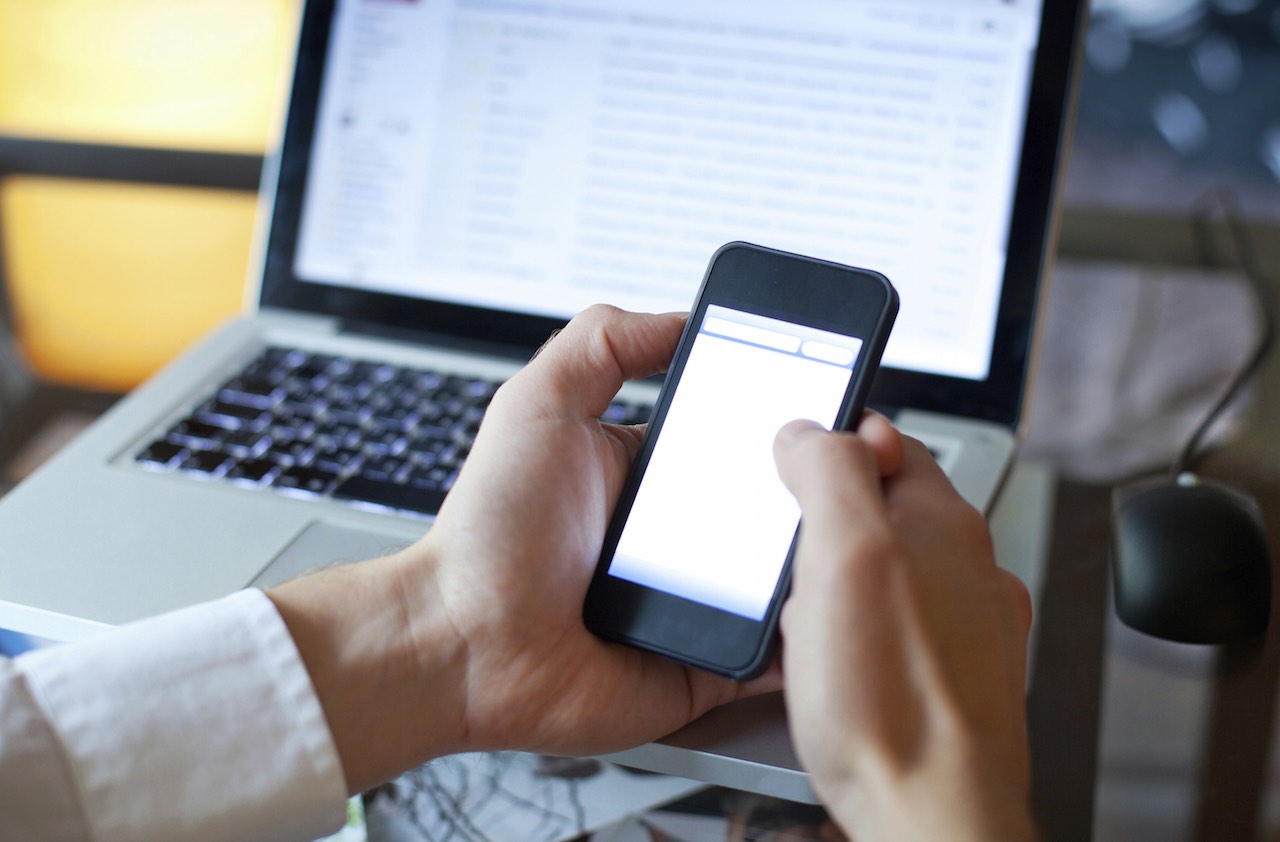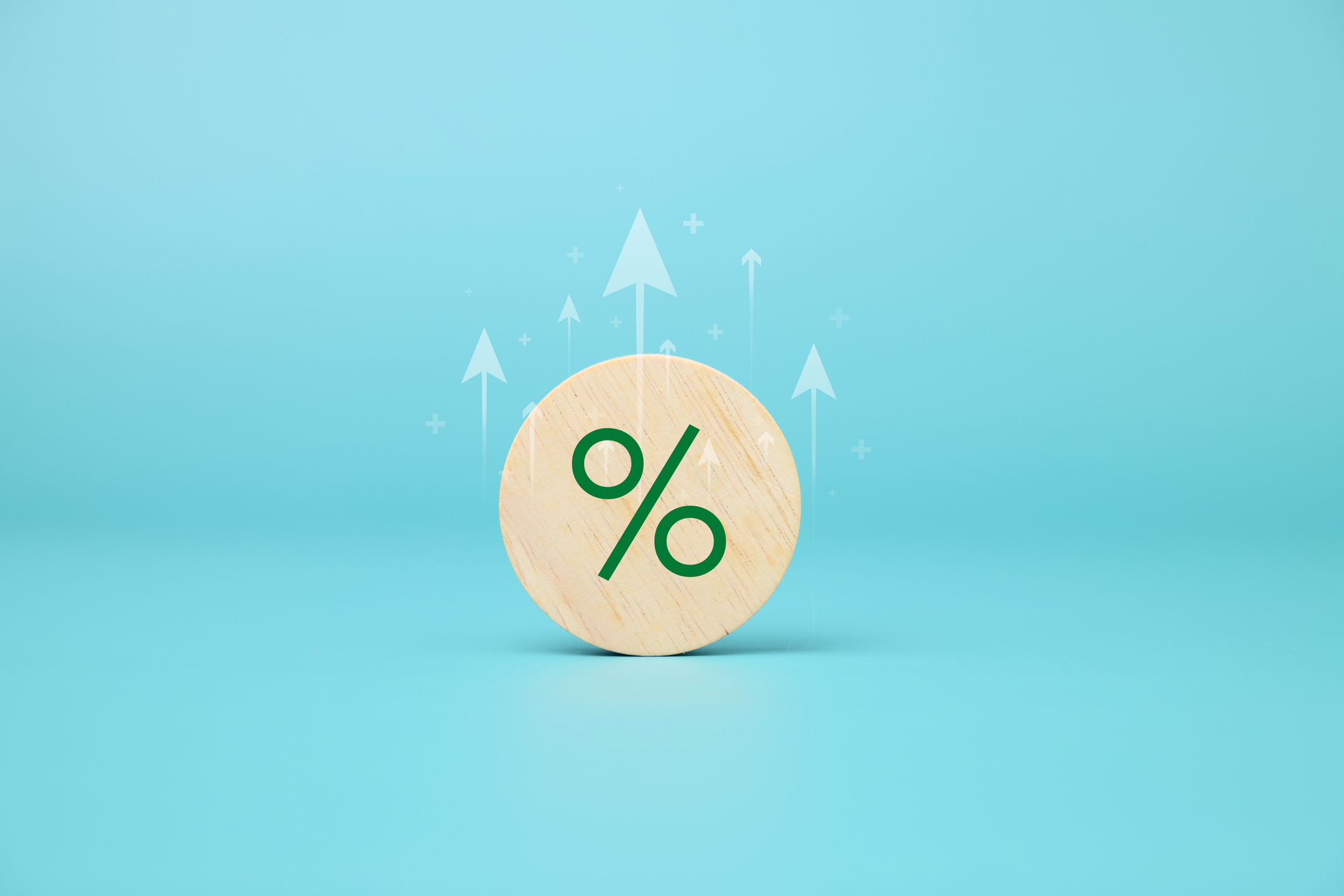Turn Your Smart Phone Into a Wireless Hotspot
Get secure Web access for all your devices everywhere you go.

You’re away from home and there’s no Wi-Fi nearby. Or maybe there is, but it’s free and not password-protected, and you need to get online stat.
The solution? If you carry a smartphone, you can set up a personal hotspot that lets you share the phone’s cellular data connection with other devices via Wi-Fi, Bluetooth or USB cable. It’s easy, and a hotspot is great for road trips, too, because it brings Internet access to all the Net-capable devices you take in your car. But depending on your carrier, you could wind up paying a bundle in excess data charges.
Getting started. First, ask your carrier what it will take to turn your smartphone into a hotspot. If you have a shared-data plan from AT&T, T-Mobile or Verizon, in most cases all you have to do is follow the instructions below.

Sign up for Kiplinger’s Free E-Newsletters
Profit and prosper with the best of expert advice on investing, taxes, retirement, personal finance and more - straight to your e-mail.
Profit and prosper with the best of expert advice - straight to your e-mail.
With an iPhone, simply tap the Settings icon, then “Personal Hotspot,” and slide the button to the right. This makes your iPhone visible to devices nearby. Go to the device you want to connect—say, a Windows laptop—and choose the iPhone’s name from its Wi-Fi settings (for example, “Jeff’s iPhone”). Then enter the iPhone’s Wi-Fi password, which you’ll find on the Personal Hotspot screen.
Configuring a personal hotspot on an Android phone varies slightly from device to device. In general, you open the Settings menu, and under “Wireless and Network,” select “More,” and then “Portable hotspot.” Check the box next to “Portable Wi-Fi hotspot,” tap the hotspot notification, and select “Set up Wi-Fi hotspot.” On the device you want to connect, go to its Wi-Fi settings, choose the Android phone’s name and enter its password.
Pretty easy, huh? One tip: A personal hotspot drains a smartphone’s battery faster than regular usage, so keep the device plugged in during a hotspot session.
What will it cost? That depends on how you will use your hotspot. According to a study of the data usage of hundreds of thousands of wireless customers by mobile analytics provider Mobidia, the average customer consumed 1.8 gigabytes of cellular data a month in the third quarter of 2014. If you expect to use your hotspot for occasional e-mail and Web browsing, you could stay within that range. But if you’re going to use your hotspot to stream video, or you plan to use it on the road for long periods of time, you may need a larger data plan. There are apps that can help you monitor your data usage. We recommend My Data Manager, a free app for iOS and Android that has received high marks from reviewers and users.
The major carriers offer a confusing array of hotspot data options. Let’s say you have a smartphone under contract with unlimited talk and text, and you’d like to add a hotspot. With AT&T’s Mobile Share Value plan, shared-plan users don’t pay extra for a mobile hotspot, but each excess GB of data will cost you $15. Sprint customers with unlimited regular data pay $10 a month to add a hotspot that includes 1G of data, $20 a month for 2GB or $50 a month for 6GB.
A mobile hotspot is free with T-Mobile’s Simple Choice Plan. Unless you have the unlimited 4G data option, which adds 2.5GB of monthly hotspot use, your hotspot data use counts against your data plan. Verizon’s More Everything Plan includes a mobile hotspot; you don’t pay extra for hotspot usage, but each GB of data over your total allowance costs $15.
Get Kiplinger Today newsletter — free
Profit and prosper with the best of Kiplinger's advice on investing, taxes, retirement, personal finance and much more. Delivered daily. Enter your email in the box and click Sign Me Up.
-
 Stock Market Today: Have We Seen the Bottom for Stocks?
Stock Market Today: Have We Seen the Bottom for Stocks?Solid first-quarter earnings suggest fundamentals remain solid, and recent price action is encouraging too.
By David Dittman
-
 Is the GOP Secretly Planning to Raise Taxes on the Rich?
Is the GOP Secretly Planning to Raise Taxes on the Rich?Tax Reform As high-stakes tax reform talks resume on Capitol Hill, questions are swirling about what Republicans and President Trump will do.
By Kelley R. Taylor
-
 Roth IRA Contribution Limits for 2025
Roth IRA Contribution Limits for 2025Roth IRAs Roth IRA contribution limits have gone up. Here's what you need to know.
By Jackie Stewart
-
 Four Tips for Renting Out Your Home on Airbnb
Four Tips for Renting Out Your Home on Airbnbreal estate Here's what you should know before listing your home on Airbnb.
By Miriam Cross
-
 Five Ways to a Cheap Last-Minute Vacation
Five Ways to a Cheap Last-Minute VacationTravel It is possible to pull off a cheap last-minute vacation. Here are some tips to make it happen.
By Vaishali Varu
-
 How to Figure Out How Much Life Insurance You Need
How to Figure Out How Much Life Insurance You Needinsurance Instead of relying on rules of thumb, you’re better off taking a systematic approach to figuring your life insurance needs.
By Kimberly Lankford
-
 Amazon Big Deal Days Is Coming! We’ve Got All the Details
Amazon Big Deal Days Is Coming! We’ve Got All the DetailsAmazon Prime To kick off the holiday season with a bang, Amazon Big Deal Days runs Tuesday, October 8 and Wednesday, October 9.
By Bob Niedt
-
 How to Shop for Life Insurance in 3 Easy Steps
How to Shop for Life Insurance in 3 Easy Stepsinsurance Shopping for life insurance? You may be able to estimate how much you need online, but that's just the start of your search.
By Kaitlin Pitsker
-
 Five Ways to Shop for a Low Mortgage Rate
Five Ways to Shop for a Low Mortgage RateBecoming a Homeowner Mortgage rates are high this year, but you can still find an affordable loan with these tips.
By Daniel Bortz
-
 Retirees, It's Not Too Late to Buy Life Insurance
Retirees, It's Not Too Late to Buy Life Insurancelife insurance Improvements in underwriting have made it easier to qualify for life insurance, which can be a useful estate-planning tool.
By David Rodeck